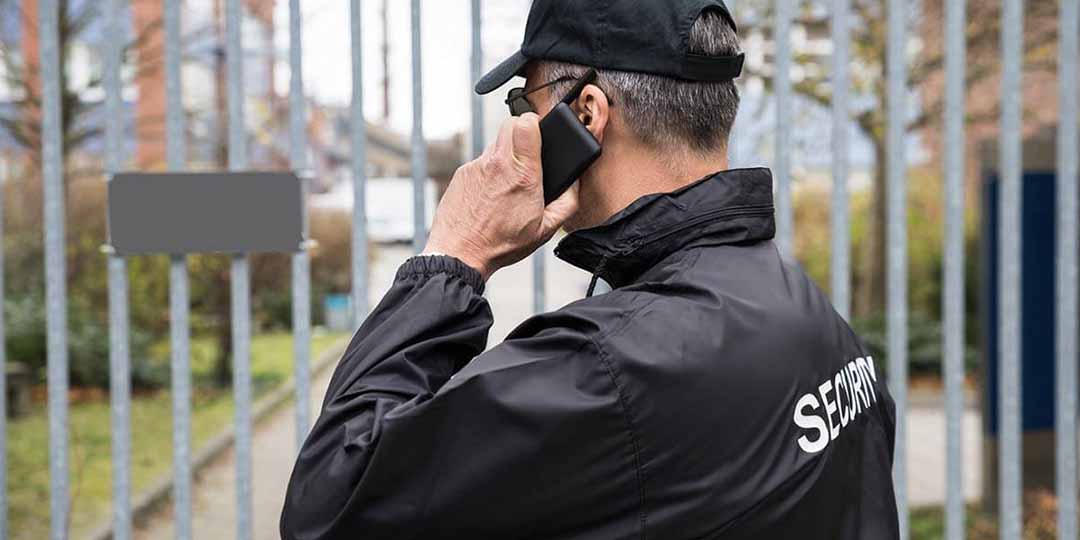4 Ways Employers Can Balance Safety and Privacy for Lone Workers
One of the many things the pandemic surfaced is how employers monitor lone workers. A Harvard Business Review article found that even before we were all sent home to work, over 60% of C-suite executives reported leveraging digital tools to collect employee data (HBR, 2020). This “corporate surveillance” has left employees hesitant and suspicious of company-mandated apps and programs.





